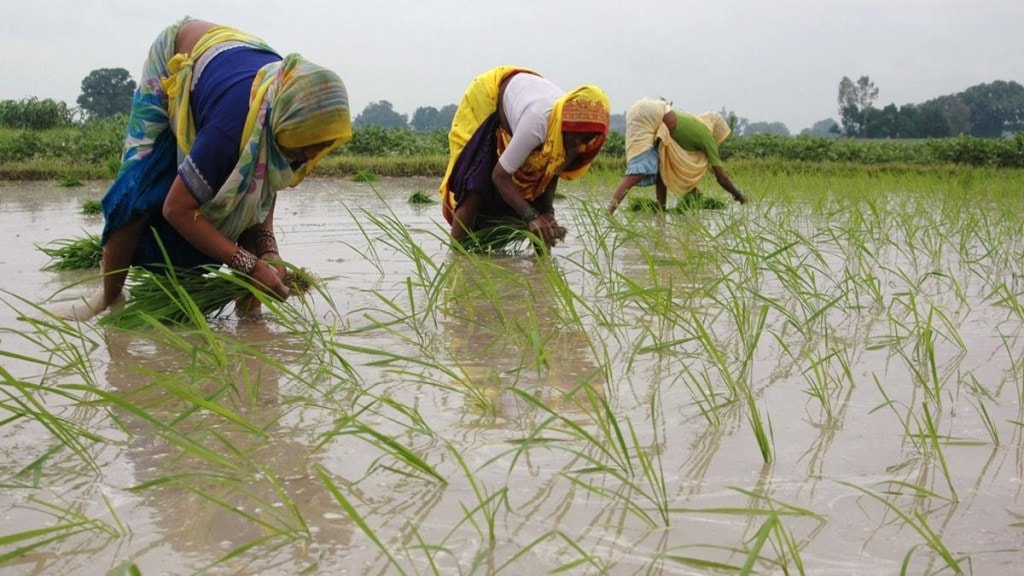Halfway into the sowing of kharif crops this season, the area under paddy, pulses, oilseeds and sugarcane has been higher on year because ‘above normal’ monsoon rains.
According to the agriculture ministry, area under kharif crops – paddy, pulses, oilseeds, cotton and sugarcane has crossed 59.78 million hectare (Mha), over 6.65% more than previous year, as on July 11.
Overall kharif sown area is 109.66 Mha.
While kharif crops sowing would continue till September, paddy, pulses, oilseeds and coarse cereals sowing has begun on a promising note.
Paddy sowing because of the early onset of monsoon has been up by over 10% at 12.36 Mha on year while area under pulses including tur, urad and moong are up by over 25% at 6.7 Mha.
Area under coarse cereals ae 11.63 Mha, up 16% on year while sugarcane area is up marginally on year at 5.51 Mha
Oilseeds – soybean, sunflower and groundnut are sown in 13.72 Mha, marginally below last year’s level.
With the revival of monsoon progress since June 16, so far cumulative rainfall during June 1 – July 14, according to the met department, was 311.6 millimeters which is 9.5% over the benchmark – long period average (LPA) or ‘above normal’ category.
IMD in May had reiterated its earlier forecast of ‘above normal’ monsoon rainfall at 106% of LPA during June-September this year.
With the above normal rainfall so far,Water levels in India’s 161 major reservoirs surged close to 52% of capacity till last week. The water levels in this major dams were up over 95% on year, and 86% above the last ten-years average for this point of time.
Experts said adequate rainfall during July and August are crucial for boosting crop yield for kharif crops as well as ensuring that reservoirs are adequately filled.
The government has set a record target of 354.64 million tonne for food grains production in the 2025-26 crop year (July-June).
However, this target for the foodgrain production is likely to be revised upward if monsoon rains are as per the projection by the met department.
The met department also ruled out occurrence of El Nino weather patterns which usually adversely impact rainfall, till end of monsoon season and may continue into winter of 2025.
The prospects of adequate rainfall so far boosts hopes of robust agriculture-sector output for a second year in row. Kharif sowing accounts for about 60% of the annual crop production.
